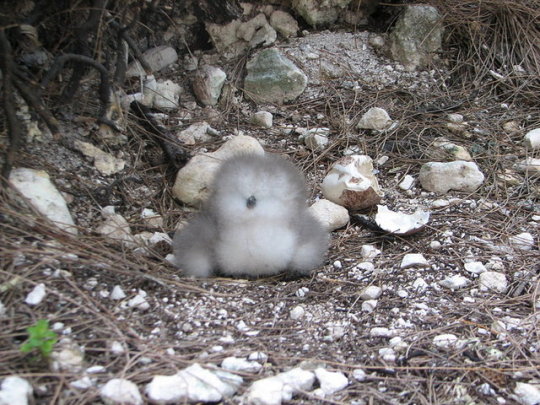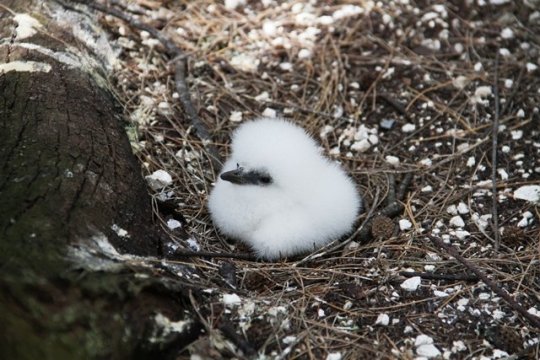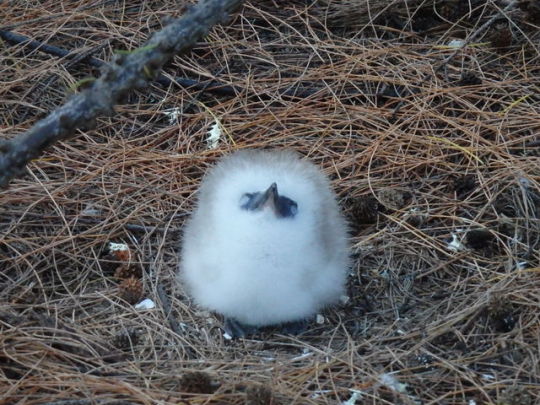Text
today’s bird is the chatty yellow-billed magpie (Pica nuttalli)
266 notes
·
View notes
Text

Some predatory mosquito larvae are capable of shooting out their gross little heads like harpoons to grab prey.
Article
6K notes
·
View notes
Text
worms eating worms
15K notes
·
View notes
Text
She's so perfect she just goes right back to doing her thing
74K notes
·
View notes
Photo
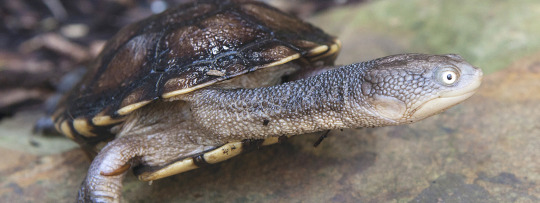
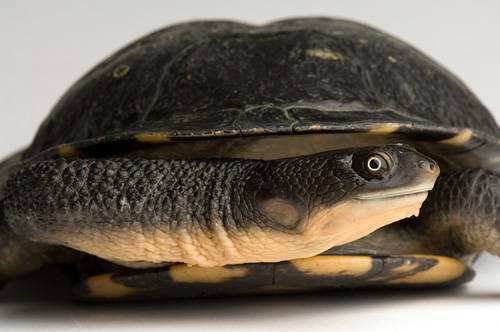
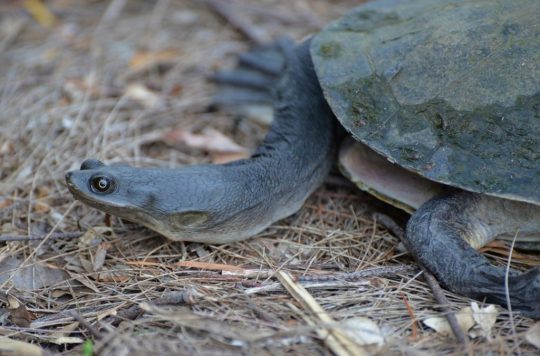
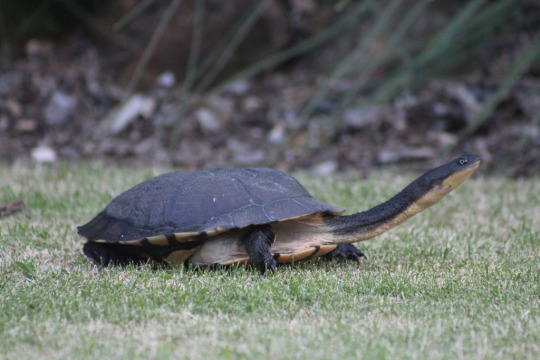
Get Along with the Eastern Long-necked Turtle
For my birthday, I’d like to focus on one of my favorite species: the eastern long-neck turtle (Chelodina longicollis). True to their name, they’re native to eastern Australia where they reside in a variety of habitats, including wetlands, streams, rivers, and dammed waters. In the winter when they become dormant– a period known as estivation– they can also be found under logs or leaf litter.
C. longicollis gets its common name from its unusually long neck, which is over half as long as its shell. Because of its length, the eastern long-neck turtle does not pull it directly back when threatened, but rather tucks its neck to the side for protection. The shell reaches about 28 cm (11 in) in length; the top is dark brown, but the underside has a distinctive orange and black pattern which varies from individual to individual. On average these turtles weigh 6 kg (13 lbs), although females are generally slightly larger and have a shorter, fatter tail.
The long neck of this species is useful primarily for finding food. The eastern long-neck turtle is carnivorous, feeding on aquatic invertebrates, fish, crustaceans, tadpoles, and carrion. Occasionally they also feed on terrestrial animals, mainly small amphibians and rodents. C. longicollis is an ambush predator, and its long neck allows it to strike quickly at prey. In turn, they are predated upon by a variety of animals, including larger lizards, snakes, birds of prey, foxes, and dingoes. The turtle’s shell provides an effective defense against these predators; in addition, individuals can emit a foul-smelling fluid from musk glands located near the base of the tail.
The eastern long-neck turtle is solitary. Individuals have large home ranges, and will frequently move when conditions become unsuitable. Territories can overlap, especially during the breeding season, which occurs from September to October. Males travel long distances to find females, and will often mate with more than one. Females lay their eggs from October to December in clutches of 8 to 24, in nests close to the water. The eggs take about 120 days to hatch, after which they are completely independent. Sexual maturity takes longer to reach than for other species; most individuals are only ready to mate at 7 to 12 years old, and can live up to 30 years in the wild. However, many hatchlings die long before then due to predation and high competition with other turtles.
Conservation Status: The IUCN has not evaluated the eastern long-neck turtle, although due to its large population and range it is considered Least Concern. Primary threats include habitat loss and predation by invasive red foxes (Vulpes vulpes)
If you like what I do, consider leaving a tip or buying me a kofi!
Photos
Rosie Nicolai
Joel Poyitt
Peter Storer
Joel Sartore
881 notes
·
View notes
Text

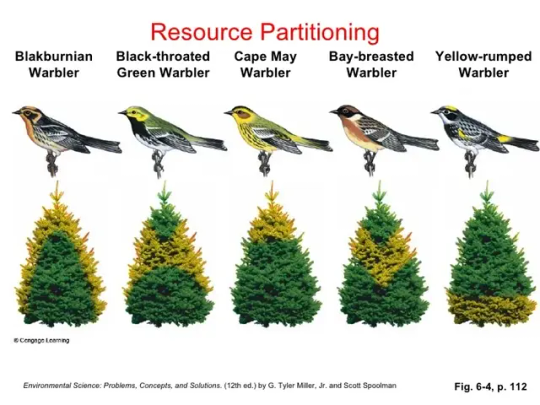
Foraging on the wing: How can ecologically similar birds live together?
New study uses modern molecular and evolutionary techniques to reassess a foundational, 67-year-old study in warblers.
Much of MacArthur's original work is vindicated! (or reiterated).
A new study used modern methods to reassess a foundational study in biology that explained how ecologically similar species of wood warblers coexist. The research team examined foraging behavior, physical characteristics, diet and evolutionary history of 13 warbler species and found that how these songbirds coexist is more nuanced than originally proposed. A spat between birds at your backyard birdfeeder highlights the sometimes fierce competition for resources that animals face in the natural world, but some ecologically similar species appear to coexist peacefully. A classic study in songbirds by Robert MacArthur, one of the founders of modern ecology, suggested that similar wood warblers -- insect-eating, colorful forest songbirds -- can live in the same trees because they actually occupy slightly different locations in the tree and presumably eat different insects. Now, a new study is using modern techniques to revisit MacArthur's observations, which are still used as an example in today's biology textbooks...
Read more: Foraging on the wing: How can ecologically similar birds live together? | ScienceDaily
Associated work: 294-2015-wheeler-bik-warblers
Read an older paper here:
(PDF) Re-assessing niche partitioning in MacArthur's Warblers: foraging behavior, morphology, and diet metabarcoding in a phylogenetic context
3K notes
·
View notes
Text
(source: https://x.com/WBSSTL/status/1778150965410984093)
36K notes
·
View notes
Photo
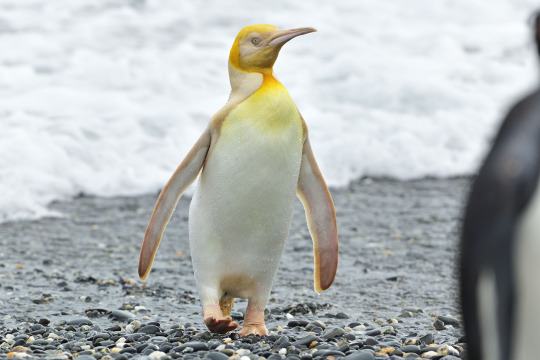
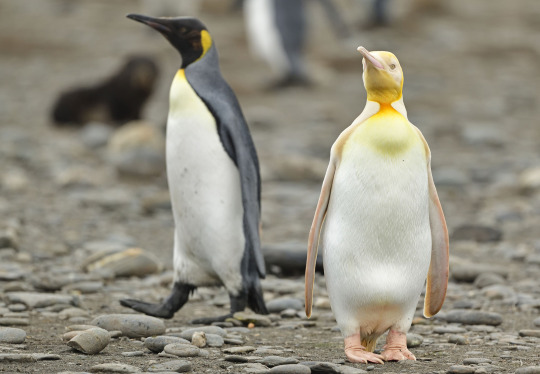
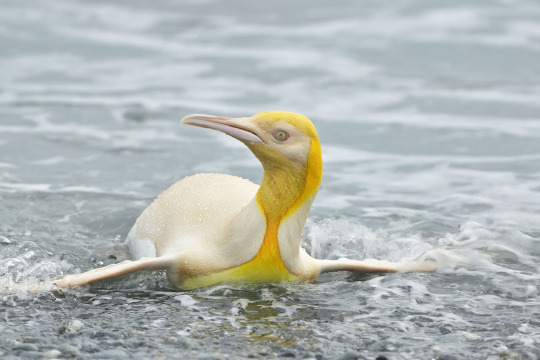
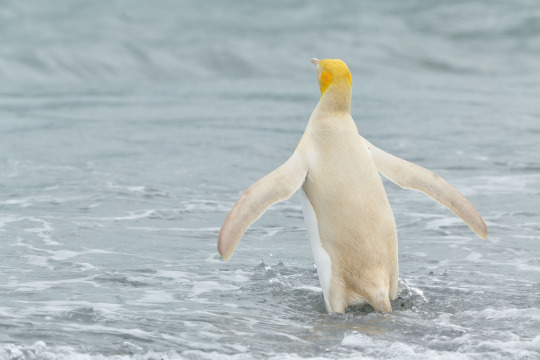
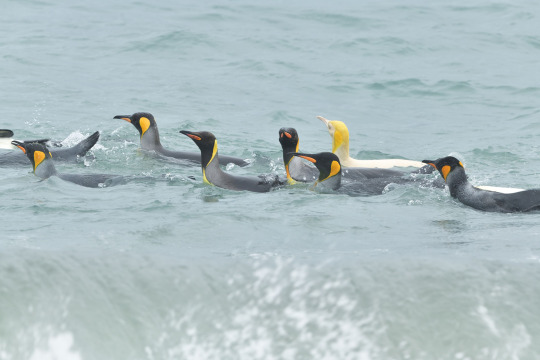
Never Before Seen’ Yellow Penguin Belgian photographer Yves Adams on a two month photo exhibition in the South Atlantic captured on camera the world’s first yellow penguin. It was captured in December 2019 when the group made a stop on an island in South Georgia to photograph a colony of over 120,000 king penguins.
21K notes
·
View notes
Text
I gave the beebs a jelly cup as a treat and pyramidhead stepped in it and got SO upset
44K notes
·
View notes
Text
baby hopper chowing
3K notes
·
View notes
Text

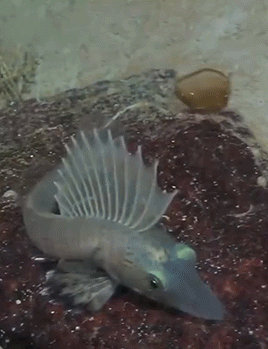
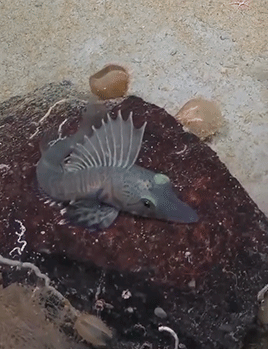
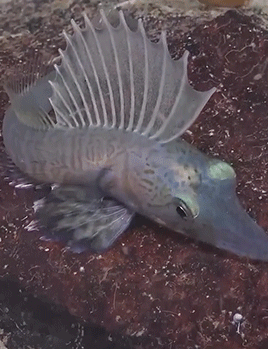
The family Channichthyidae are more commonly known as icefish, and they are the only known vertebrates that lack hemoglobin in their blood as adults. As a result their blood is white and their skin appears translucent.
©
9K notes
·
View notes
Text
this one also
and this one
thought it was a one-off thing, but i've now seen multiple pictures and videos of red-bellied woodpeckers touching other birds with their tongue at bird feeders. why are they suck little freaks?
71K notes
·
View notes
Text

a typical example of a juvenile turkey vulture perched next to a leucistic adult turkey vulture. leucism is a lack of pigmentation in feathers; it can be throughout the full body, or distributed in patches, like in this bird.
7K notes
·
View notes
Text



this leucistic blue jay, photographed by sue kiesel, is almost pure white - in stark contrast to a typical specimen’s vivid blues. leucism is a genetic mutation that presents in a lack of pigmentation, but not a full loss as in the case of albinism.
8K notes
·
View notes
Text
that post about how waxwings are always photographed eating photogenic red berries ruined me. it’s all i can think about whenever i see another Waxwing Eating Berries photo. why do they only eat those berries why are they always conveniently in the berry tree in the first place do they never go anywhere else. do they have a sponsorship deal. what is Big Berry hiding from us
#yayyyyy legal bird handling#cedar waxwings#waxwings#birds#banding#they do love photogenic red berries though
30K notes
·
View notes
